Answering the Talanoa Dialogue questions
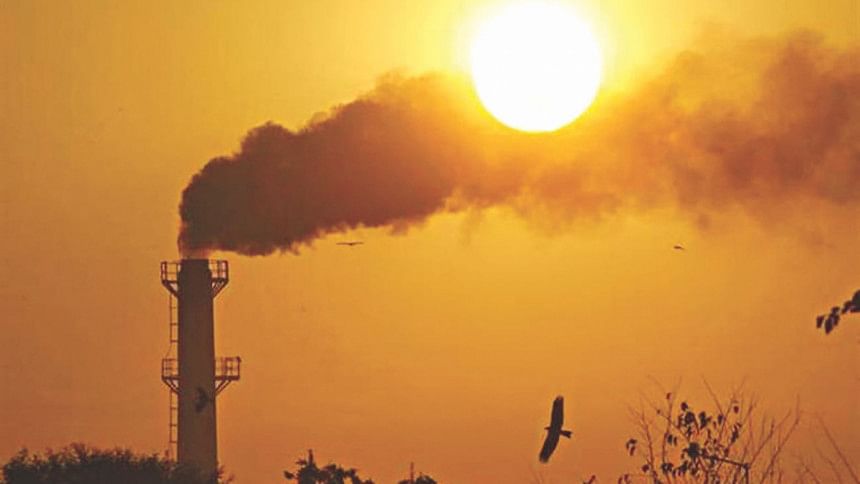
At the 23rd Conference of Parties (COP23) of the United Nations Framework Convention on Climate Change (UNFCCC), held last December under the presidency of the prime minister of Fiji, a new feature called the Talanoa Dialogue was introduced. Talanoa Dialogue is a traditional form of decision-making in the Pacific which is very different from the negotiations that usually take place in the UNFCCC.
Firstly, it involves discussion from all concerned parties and not just from designated officials. Secondly, it involves rounds of discussions to reach a consensus, rather than the adversarial negotiations that take place in the UNFCCC. Finally, it is open-ended with time being allowed to reach a genuine consensus instead of forcing a decision within a set time.
As a result, instead of closing the discussion at the end of the two weeks of the COP, the prime minister of Fiji—who remains the COP president until he hands over the responsibility to the president of Poland at the beginning of COP24, to be held in Katowice, Poland next December—has kept the discussion open for the intervening 12 months and has invited all interested groups, and even individuals, to answer the following three Talanoa Dialogue questions:
Where are we now? Where do we need to be? How do we get there?
He has solicited answers to these questions from around the world and has promised to synthesise and present them to the incoming Polish Presidency for COP24 in December.
In the spirit of the Talanoa Dialogue, I would like to share my own answers to the three questions below. I would like to do so from the perspective of both a citizen of Bangladesh and a citizen of the world.
My answer to the first question of "where are we now?" is quite positive, for both Bangladesh as well as the world. I say this in relation to where we were a few years ago. In the case of Bangladesh, we have now recognised the magnitude of the climate change problem for the country and are rapidly taking steps to enhance our adaptive capacity to deal with the adverse impacts of climate change that are likely to occur in the future. To be prepared for adversity is more than winning half the battle.
Similarly, at the global level, the Paris Agreement on Climate Change agreed at COP21 in 2015 has achieved a global consensus on what needs to be done (despite Trump's withdrawal).
However, I do want to acknowledge a caveat to my sense of optimism, namely that much more needs to be done.
Hence my answer to the second question, "where do we want to be?", is that we need to become climate-resilient and reach zero emissions as soon as possible both at Bangladesh and global levels. I must acknowledge here that although we are headed in the right direction, we are not moving fast enough.
This leads me to my answer to the third question, "how do we get to where we need to be?" I believe we need to redouble our efforts and pledges as well as accelerate them as fast as we can.
To sum up my answers, I feel that both Bangladesh and the world at large have finally decided to take the right actions to get to zero emissions and climate resilience. However, we are still very far from where we need to be, and hence we must raise our ambition as well as speed of action considerably.
Saleemul Huq is Director, International Centre for Climate Change and Development, Independent University, Bangladesh.
Email: [email protected]
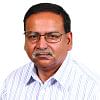



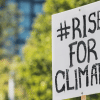
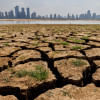
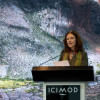



Comments